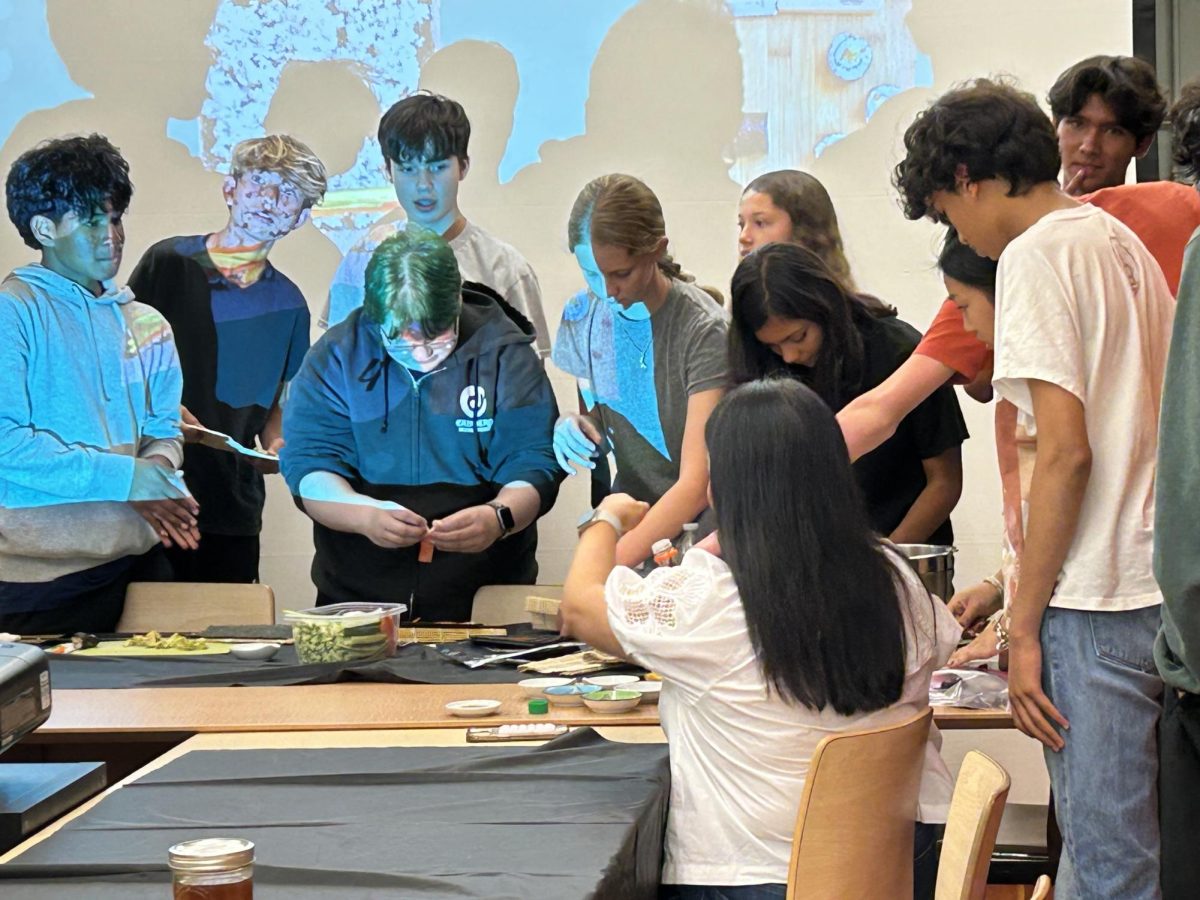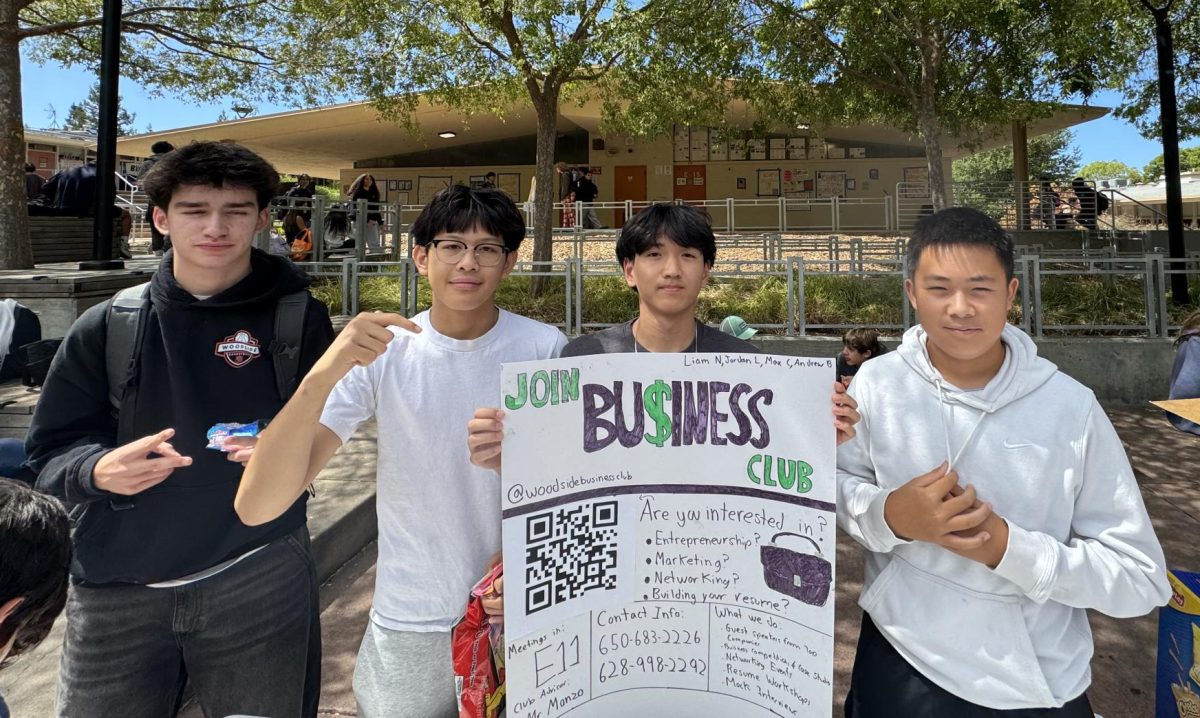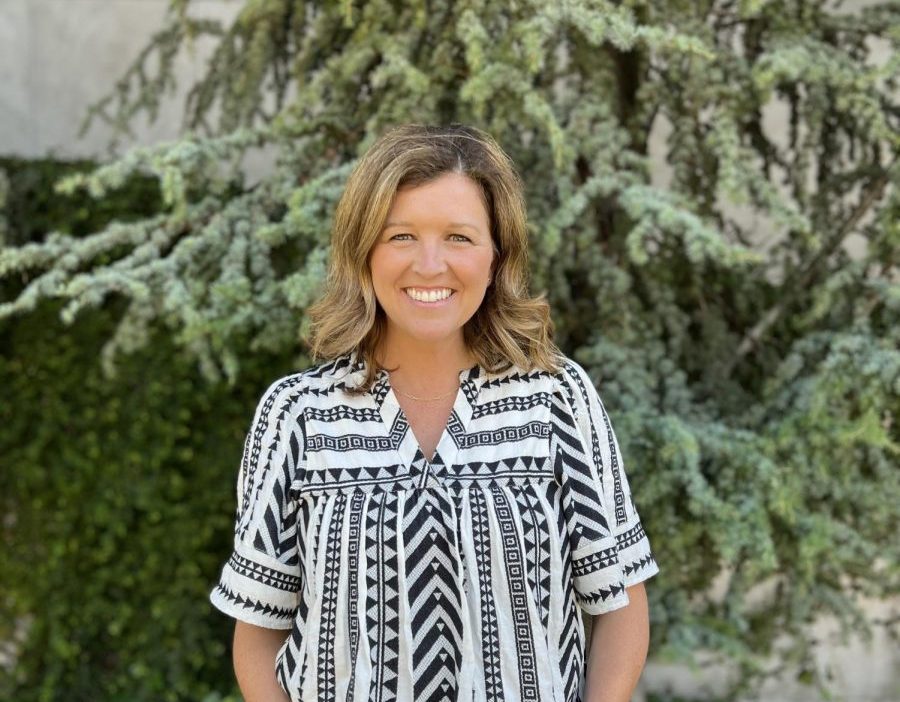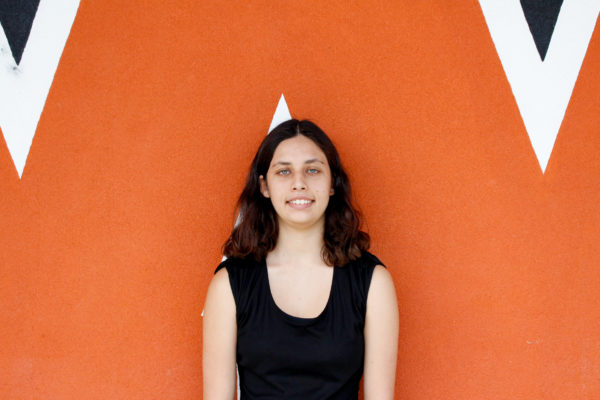Many different cultures are incorporated into the Folklórico Club, where students can enjoy dancing and cultural appreciation.
In the Folklórico de Woodside club, held at lunch in J-11 on Fridays, students dance to Baile Folklórico or Ballet Folklórico. Called Folklórico for short, it is a combination of different cultural dances and is considered a traditional Mexican folk dance.
“In some cases [Folklórico has] African roots, the regions that are closer to the Caribbean have African roots and in some cases also Middle Eastern,” math teacher Ramon Pulido said.
According to Revista: The Harvard Review of Latin America, some dances have roots that are indigenous while others are influenced by other parts of Europe. Folklórico is a diverse combination of different types of dances.
“[Folklórico] originates in Mexico and is a mix of traditional dances that also includes different things from Spain and places nearby as a result of Mestizaje, which is a mixing of races or cultures,” sophomore Nereyda Lopez Avalos said. “I’d also like to add that every state in Mexico has its own regional dance. For example, in Veracruz, dances are usually all white with lace while in Jalisco dresses are very colorful and are described with ribbons.”
Folklórico is a bridge between pre-Hispanic Mexican culture and modern Mexico.
“The dresses represent Mexican dance,” senior Emily Contreras said. “I feel free. I see a lot of Mexican parades and dances and it represents their culture.”










Kevin O'Farrell • Mar 9, 2024 at 6:17 AM
Wonderfully written articles on “Dia de los Muertos” and “Folklorico”, Carmen. You Rock!! Looking forward to reading your future articles.
Kevin O’Farrell